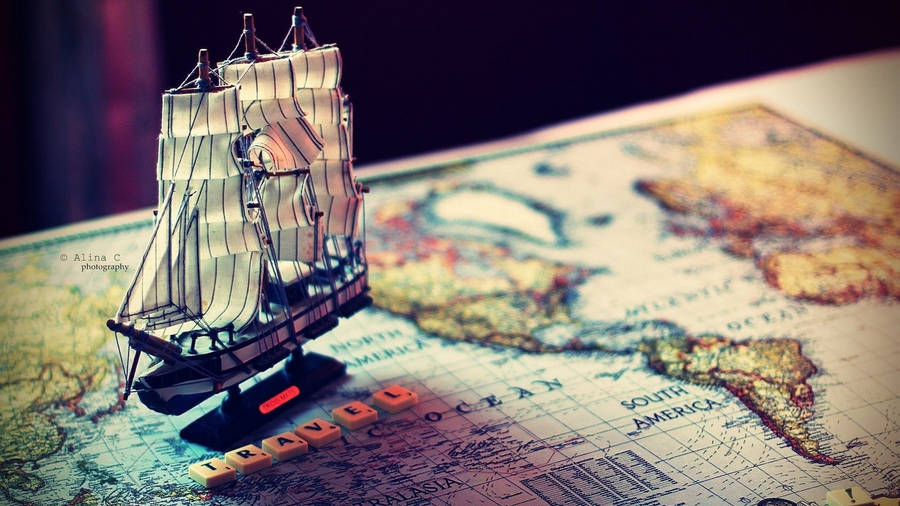In the previous posts we have covered the history of trireme. Now, let us explore the evolution of trireme into a vessel capable of sailing the deep oceans, caravel.
 |
| Caravel Ship, Portugal. Google.com |
A Brief History Of Caravel
 |
| Caravel Portrait in 17th Century. |
Caravel, a light sailing ship of the 15th, 16th, and 17th centuries in Europe, much-used by the Spanish and Portuguese for long voyages. Apparently developed by the Portuguese for exploring the coast of Africa, the caravel’s chief excellence lay in its capacity for sailing to windward. It was also capable of remarkable speed. Two of the three ships in which Christopher Columbus made his historic voyage in 1492 were caravels, the Niña and the Pinta.
 |
| A typical round caravel or caravela de armada (of 1500–1505), with origin in the Portuguese model. |
The design of caravels underwent changes over the years, but a typical caravel of the late 15th century may be described as a broad-beamed vessel of 50 or 60 tons burden; some were as large as 160 tons. About 75 feet (23 m) long, the typical caravel had two or three pole masts, lateen-rigged (i.e., with triangular sails). Later versions added a fourth mast with square sail for running before the wind. Caravels were usually built with a double tower at the stern (the aftercastle, or sterncastle) and a single tower in the bow (the forecastle). As a type, caravels were smaller and lighter than the Spanish galleons of the 16th century.
In later years the term caravel was applied to small fishing boats along the coast of France and to a Turkish man-of-war.
https://www.britannica.com/technology/caravel



No comments:
Post a Comment